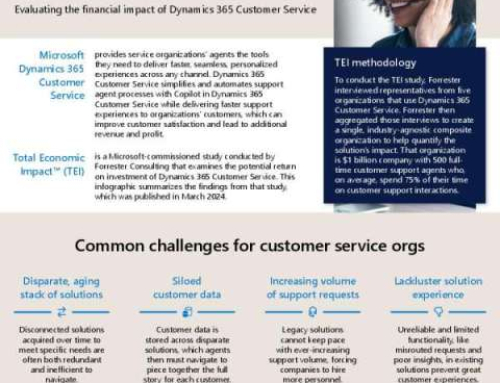The idea of Artificial Intelligence (“AI”) has been around for decades. Science Fiction books, movies, and TV shows have creatively utilized the concept of machinery with human-like intelligence in hundreds of different ways. It’s easy to look at fictional AI beings like Rosie from the Flinstones and C-3PO from Starwars and feel that a world of Artificial Intelligence is only a reality for future generations. Still, AI is already heavily ingrained in the technology billions of people use daily and is only becoming more and more advanced.
AI Is Everywhere
Artificial Intelligence is loosely used to describe the broad spectrum of machines acting with human-like characteristics. It is not limited to voice-activated virtual assistants such as Siri or Google Assistant. AI is a feature we’ve grown to expect in things like our phones and computers recognizing our face in different lighting, facial hair, and makeup, or Roombas being able to navigate any room successfully it’s placed in regardless of shape or furniture layout. Artificial Intelligence is even used on Zoom with the voice-activated notifications that tell us when we are muted. But these common AI findings are just the elementary applications of Artificial Intelligence in our world today.
Machine Learning – How Smart Machines “Learn”
A typical subset of Artificial Intelligence is Machine Learning. Machine Learning (“ML”) is the idea that a machine can act more efficiently when forming its algorithms based on the information it is consistently receiving rather than being built with pre-programmed expectations. Like how we learn as humans, machine learning technology begins by being programmed with a specific goal. The machine then “learns” by recognizing repeated behavior that leads to the occurrence of this goal and “re-programs” itself to these recognized patterns, so the goal is achieved more often. This type of machine learning is central to social media today by capturing what keeps the user’s attention the most extended; social media apps “learn” what content to show each user to control them using the app for more extended periods.

Machine Learning is not always used for marketing, however. Another joint Machine Learning implementation is predictive modeling. With the same “learning” strategy explained above, artificial intelligence can use machines to find patterns in data sets that would not be visible by human study. This technology is used in fast-food restaurants where terabytes of data are analyzed to make accurate predictions on how many chicken nuggets will be sold on this date during this time, or in other forms of retail to aid the schedulers in knowing how busy the store will be and what level of workforce/staff need to be scheduled during a particular time. These machine learning methods are also used in health care to analyze data sets of symptoms and diagnoses from hospitals all over the world or aid meteorologists in monitoring billions of data-collecting sensors to notify locations of upcoming storms or natural disasters sooner than any scientist – no matter how experienced – could predict alone. We’ve reached a point in our world where humans have access to more data than we would ever be capable of analyzing or understanding on our own. However, machine learning technology enables humans to utilize the available data for technological advances that were inconceivable just a few decades ago.
The Cutting Edge and Future of AI
Today, companies like IBM, Google, and Microsoft are using AI and ML to positively impact the world that would not have been possible for previous generations.
IBM has been a significant contributor to the growth and improvement of Artificial Intelligence ever since IBM’s Deep Blue beat the world chess champion twice in 1997. Since then, IBM has continued developing deep learning, machine learning, and natural language processing machines. IBM’s Watson can now be integrated into any business as a chatbot constantly learning to understand human language better. IBM is also creating cutting-edge security technology that routinely analyzes cyber security threats and responds to them in real-time. Artificial Intelligence has undeniably impacted our world today, and AI technology is only predicted to improve from here.
For example, Google is using AI to help farmers prevent food crises in India, create maps of uncharted areas in Africa, and sort through millions of motion-triggered cameras to help monitor and assess the health of wildlife.
Another great initiative by Microsoft’s “AI for Good” program is creating technology to solve global environmental challenges, empower health researchers to have a more significant impact, improve mapping of areas vulnerable to natural disaster and poverty, and support the preservation of cultural heritage around the world.
Should We Be Concerned or Excited About the Future of AI?
The rapid development and continuous growth of AI can sometimes lead to the perception that AI is eliminating jobs and hurting society by enabling powerful companies to become more informed, manipulative, and greedier. However, AI has enabled people to help communities and improve the quality of life for individuals worldwide. Advancement will happen and is happening now.
Should we be concerned? This is the question we constantly face whenever we look at innovation. Technological advancement has always required bravery from those willing to try new things. The key is to ensure that progress is constantly being pushed by those passionately motivated by justice and global improvement. The future is looking bright to the works and motivations of companies on the cutting edge of AI development.











Leave A Comment